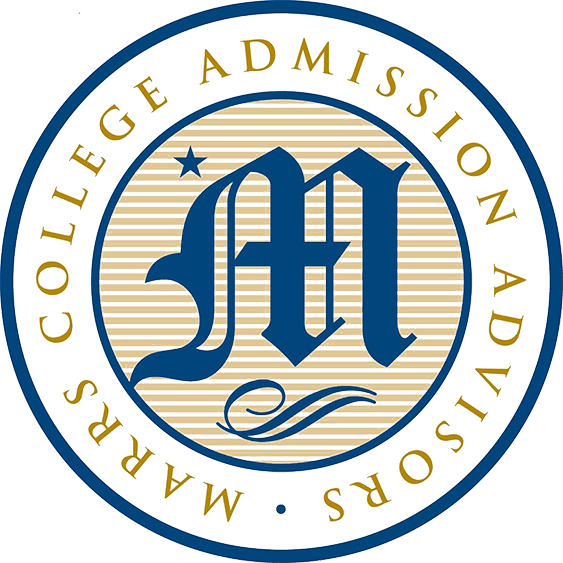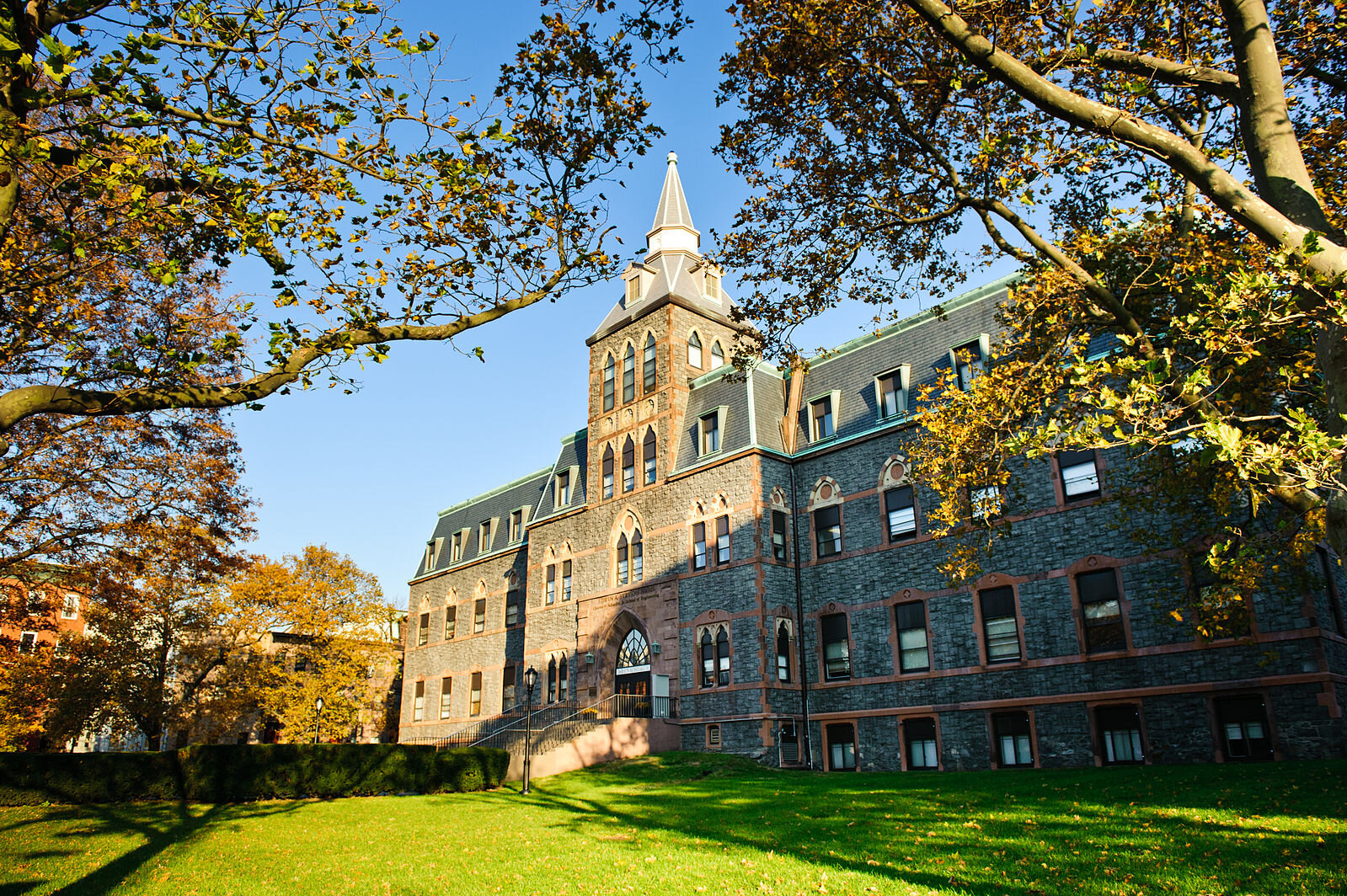College Highlight
Stevens Institute of Technology
Stevens ranks with Clarkson and Worcester Polytechnic among East Coast technical institutes that offer intimacy and personalized education. Youth-oriented Hoboken is a major plus and an easier commute to Manhattan than most places in Brooklyn. Co-op and five-year programs are options. Plan to work hard.
At Stevens Institute of Technology, students accept intense classwork, all-nighters, and trips to the Big Apple as givens. The school is located just across the Hudson River from Manhattan, which means that students have the cultural, athletic, and gastronomic resources of New York City at their fingertips. Engineering and the sciences set the tone on campus—and even business, arts, and humanities programs are taught through the lens of technology—but students seem prepared to take on the challenge of balancing work and play.
An eclectic mix of architectural styles compose Stevens's 55-acre campus. The ABS Engineering Center houses five labs designed for robotics, naval engineering, structural engineering, hydraulics, and other research. A 90,000-square-foot academic complex featuring 11 smart classrooms and 13 teaching and research labs opened in 2019.
Stevens was created in 1870 through the will of 19th-century inventor Edwin Stevens. It is organized into four schools—the Schaefer School of Engineering and Science, the School of Business, the College of Arts and Letters, and the School of Systems and Enterprises—and offers 35 majors. Most programs require calculus, chemistry, physics, humanities courses, and physical education. All entering students are required to participate in the Freshman Experience, which is a sequence of two common courses: Writing and Communication and Knowledge, Nature, Culture. Seniors take a yearlong capstone course culminating in a team-based senior design project.
Engineering has long been king of the hill at Stevens; programs in biomedical, chemical, civil, electrical, and naval engineering are all highly regarded, as is the major in mechanical engineering, not surprising since the program dates to the school's founding. Business programs are growing in number and popularity and include a major in quantitative finance, rare at the undergraduate level. Other notable majors include computer science, cybersecurity, music and technology, and visual arts and technology. A five-year co-op program allows engineering and science students to incorporate full-time internships into their studies. "Professors are often able to provide industry insight," comments a senior.
Professional practice is an important part of the Stevens environment, with nearly all students participating in cooperative education, internships, or mature research and design projects. Men vastly outnumber women, but one junior sees this as an advantage: "As a female at Stevens, I feel this has actually helped me with holding my own and vying with the boys,' as I call it. It does not faze me to be the only girl in a group project." The Lore-El Center for Women's Leadership offers events ranging from health and wellness activities to leadership conferences and professional dinners with successful women in industry. Stevens has an active on-campus recruiting program with major corporations, start-up firms, and government organizations. Hundreds of short- and long-term study abroad and exchange programs are available, although few students find the time to take advantage of them.
"Stevens students are typically more introverted, phenomenally intelligent, and generally kind," boasts one mechanical engineering major. Fifteen percent of undergraduates are Asian American, 11 percent are Hispanic, and 2 percent are African American. Politics don't usually receive much attention on campus. Unlike some of Stevens's peer institutions, admissions officers here look more closely at high school grades, especially in math and science, than at test scores. In addition to need-based financial aid, qualified students receive merit-based scholarships that average $18,500. The Clark Scholars and Stevens ACES programs seek to attract more students from underrepresented backgrounds to STEM fields.
After living in the dorms freshman year, most students are housed in university-leased, off-campus apartments, which a computer science major says are "very nice" but "are distant from campus, cost a lot more, and do not come with included meal plans." Stevens is addressing its housing crunch by building two new residential towers, scheduled for completion during the 2021-22 academic year, that will house 1,000 students. Overall, 60 percent of undergraduates live in housing provided by Stevens, while others find their own off-campus apartments. Meals in the main dining hall are "a lot better than your average cafeteria food," remarks a senior.
Twenty-nine percent of Stevens men join fraternities, and 42 percent of the women pledge sororities. "People like to party here, but they keep it in check," says a quantitative finance major. "Greek houses follow campus policies regarding alcohol and usually hold registered parties where bouncers check IDs." An Entertainment Committee plans weekly events, from comedy nights to hypnotists and musical guests. Greenwich Village, Times Square, and the bright lights of Broadway are just 15 minutes away on the PATH train, while Hoboken offers popular pubs and clubs right next to campus. Road trips, often taken by train, include Yankee Stadium in the Bronx and Six Flags Great Adventure near Trenton. Beaches and ski slopes are both within a 90-minute drive.

